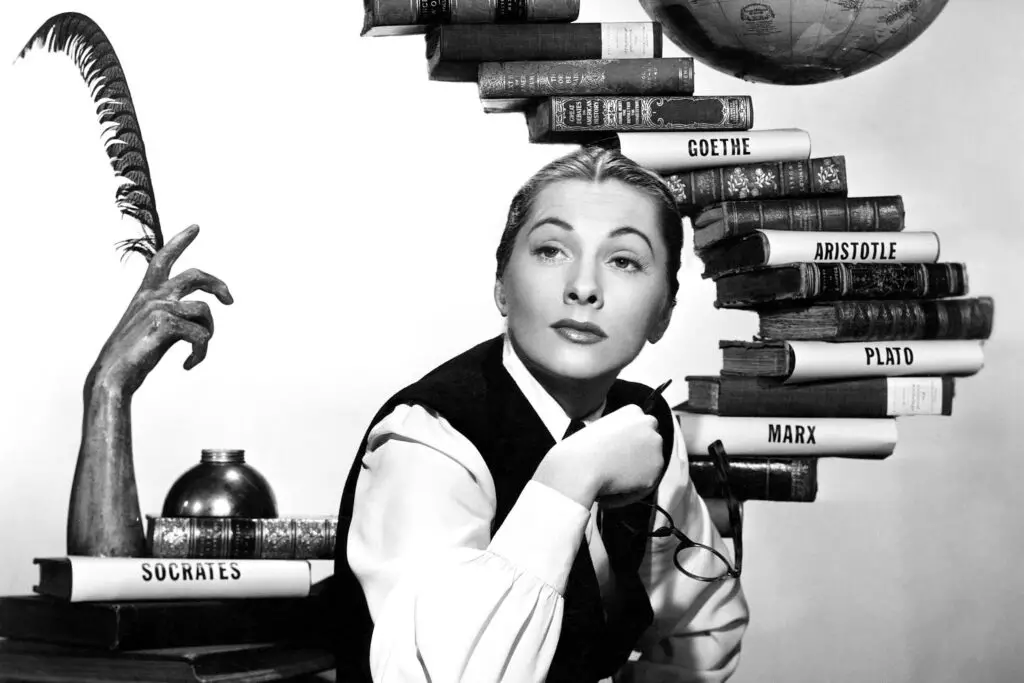1. The Great Emu War

In 1932, Australia waged a battle against emus in Western Australia after the large birds started devouring crops. The government sent soldiers armed with machine guns to take on the birds. Despite the weapons, the emus outsmarted the soldiers, dodging bullets and scattering in every direction. The “war” lasted for months and ultimately ended with emus winning, leaving many to question the effectiveness of military intervention against wildlife. It’s a bit hard to believe that an entire government effort focused on hunting birds, but at the time, farmers were desperate. The emus proved to be far more resilient than anyone anticipated, and the idea of militarized bird control remains laughable in hindsight shares National Geographic.
The aftermath of the emu war revealed just how ridiculous the situation was. Eventually, farmers were provided with subsidies and bounties to handle the emu population in a less military way. Today, the Great Emu War is considered one of the most absurd chapters in Australian history, and it’s hard not to chuckle when you think about it. Yet, at the time, it was seen as a serious response to an agricultural crisis adds Playbill.
2. The Moonlight Sonatas Program

In the 1930s, the U.S. government launched a project designed to improve national morale through music. Dubbed the “Moonlight Sonatas Program,” it was an effort to send professional pianists to play soothing Beethoven sonatas to the American public. The goal was to calm the population during the stressful years of the Great Depression. While the idea of using music as a tool for emotional well-being is understandable, the program itself seemed impractical says WQXR.
The project’s expenses soon outweighed its benefits, with costs piling up for travel, accommodations, and professional pianists. In the end, the initiative was quietly scrapped, and the public mostly forgot about it. The idea of such an extravagant, government-funded music program to soothe citizens now seems like an odd and overly elaborate solution to a deeply complex social issue adds Britannica.
3. The Bison Subsidy Program

In the early 20th century, the U.S. government passed a law that provided subsidies for the protection of bison. While this sounds like a noble cause to preserve a species that had been nearly wiped out, the original goal of the program was somewhat absurd. The government actually encouraged people to protect and breed bison in order to provide a steady supply for meat and hide to aid in wartime. The thought of farming bison for their leather and meat, all under a government-backed initiative, feels like a weird mix of conservation and business.
Bison populations grew thanks to the initiative, but the program didn’t truly protect the animals in the traditional sense. It mainly aimed to use the species as a commercial resource, which today seems to be a confusing mix of good intentions and corporate needs. While the idea of conserving bison has endured, the government’s original reasoning for the subsidies seems outdated.
4. The Underground Carriage Project

In the 1960s, the U.S. government explored the idea of creating a nationwide underground carriage system, partly inspired by European subway systems. The concept was to build vast underground networks across cities to ease traffic congestion. Unfortunately, the ambitious plan was both impractical and expensive, with early estimates reaching billions of dollars. The idea of moving people underground in giant carriages sounded futuristic, but the sheer scope of the project and the infrastructure required made it unfeasible.
Local governments quickly abandoned the idea, and the project was never pursued. Looking back today, it’s hard to imagine how such a project could have been successful with the technology available at the time. The thought of entire cities operating with a subterranean carriage system now feels like an overly optimistic, impractical government dream.
5. The Swamp Draining Initiative

In the 1930s, the U.S. government launched an initiative to drain swamps and marshes, particularly in areas like the Florida Everglades, with the idea of transforming them into fertile agricultural land. The program was backed by the promise of creating new farmland for crops and raising property values. The government assumed that by draining the swamps, they could increase usable land for farming, but the plan was fraught with environmental and technical challenges.
The massive drainage effort led to unintended consequences, such as the destruction of valuable ecosystems, the loss of native wildlife, and worsened flooding in some areas. What seemed like a grand plan to increase agricultural production quickly backfired. The concept of draining vast swamplands to create usable farmland today sounds far-fetched, and the long-term environmental damage remains a cautionary tale.
6. The Coconut Economy

In the early 1950s, the government of Sri Lanka tried to create an economy entirely based on coconuts. In an attempt to boost exports and reduce poverty, officials proposed that the country would grow coconuts for oil, food, and materials on a massive scale. The idea was to turn coconut farming into the country’s primary source of revenue, and the government encouraged everyone to plant coconut palms.
While coconuts are indeed a versatile crop, the program’s overzealous promotion of one product didn’t account for potential risks such as crop failure or international market shifts. By the end of the decade, the coconut economy had largely collapsed, as overproduction and poor market demand caused prices to plummet. The idea of relying so heavily on a single crop now seems both impractical and short-sighted.
7. The Catfish Subsidy Program

In the 1970s, the U.S. government began offering subsidies to encourage the farming of catfish. The goal was to make catfish farming a booming industry to help meet the growing demand for protein in the diet. To incentivize farmers, the government provided financial assistance to help with the purchase of tanks and other supplies. However, many catfish farms struggled with profitability due to market saturation and the high costs of farming.
The subsidy program was eventually phased out as the industry failed to reach the level of success envisioned. Looking back, it seems strange that the government would focus so heavily on a single fish as part of its agricultural policy. The idea of financially supporting an entire industry for one type of fish now seems a little absurd, especially given the complexities of global trade and food production.
8. The Pet Rock Economy

In the 1970s, the pet rock phenomenon took off in the U.S., and for a brief period, it became a popular “pet” for American households. Seeing the public’s love for quirky, low-maintenance pets, the U.S. government briefly considered creating a market for pet rocks to boost local businesses. The idea was that people could “adopt” these inanimate rocks, leading to a boom in rock sales. This absurd idea was proposed to create a source of income for businesses and provide an easy way for Americans to experience the joys of having a pet.
While the pet rock fad soon died down, it’s a strange historical footnote. The concept of the government investing in such an odd, temporary trend now seems more humorous than practical, as it was based on a fleeting cultural moment rather than any real economic need. The absurdity of government interest in rocks as pets remains a curious memory.
9. The Beard Tax

In 18th-century Russia, Tsar Peter the Great introduced a beard tax to encourage the adoption of a more “modern” appearance. Men were required to pay a fee if they wanted to keep their beards. The tsar’s motivation was to transform Russia into a more Westernized, European-looking society. It’s hard to imagine a government today imposing a tax on facial hair, but at the time, it was part of a broader set of reforms designed to modernize Russian society.
The beard tax became infamous for its enforcement and the social pressure it placed on men who resisted shaving. Peter the Great’s policies aimed at transforming Russian culture were drastic, and this particular one stands out as especially absurd today. The idea of taxing beards now seems like an overreach, something out of a farcical historical tale.
10. The Boredom Study Program

In the 1950s, the U.S. government funded a series of studies aimed at understanding boredom. Researchers were given grants to track and study how people experienced and reacted to boredom. Some of the studies involved isolating participants in rooms for long periods to see how they coped. The purpose of the research was to determine how boredom affected mental health and productivity.
Looking back, it’s a bit amusing to think that tax dollars were spent to study something so inherently human. While there’s no doubt that boredom plays a role in mental health, the idea of government-funded experiments focused solely on boredom feels comically outdated and impractical today. The effort to measure something so abstract and universally experienced seems bizarre in retrospect.
11. The Banana Republic

In the 1940s, the U.S. government had a plan to make certain Latin American countries into major exporters of bananas, attempting to create a “banana republic” economy. These nations were encouraged to rely heavily on banana cultivation, a strategy meant to stabilize their economies through one export. The U.S. government thought it would boost trade and foster friendly relations with countries like Costa Rica and Guatemala.
The idea led to immense political and economic instability, as the overreliance on a single crop created vulnerability to market crashes. In hindsight, the banana republic plan seems not only naive but also a bit exploitative. The long-term consequences of such narrow economic strategies are clear, and it’s easy to see why such a plan would be considered absurd today.
12. The Weather Control Program

In the 1960s, the U.S. military explored ways to control weather for military advantage, including through cloud seeding. The idea was to make rain or manipulate weather patterns to benefit military strategies or sabotage enemy efforts. Cloud seeding involved releasing silver iodide into the atmosphere to encourage rainfall.
The idea of controlling the weather sounds like something out of science fiction, and the program was eventually abandoned due to its ineffectiveness and high cost. The concept of the government trying to manage natural weather cycles now feels not only absurd but also potentially dangerous. Looking back, the idea of weather manipulation remains one of the more bizarre government initiatives from the Cold War era.
13. The Lawn Mower Subsidy

In the 1970s, the U.S. government considered a program to subsidize lawn mower purchases for citizens. The goal was to improve the appearance of neighborhoods and promote a culture of “cleanliness” and “order.” It was also hoped that subsidizing lawn mowers would provide jobs in the manufacturing sector.
While the program never came to fruition, the idea of government involvement in household yard maintenance is certainly laughable today. The thought that the government would encourage people to buy lawn mowers as a form of community improvement seems strange, especially in an era of environmental awareness where lawns themselves are often questioned.
